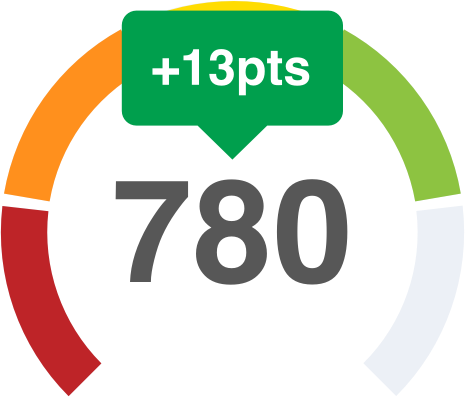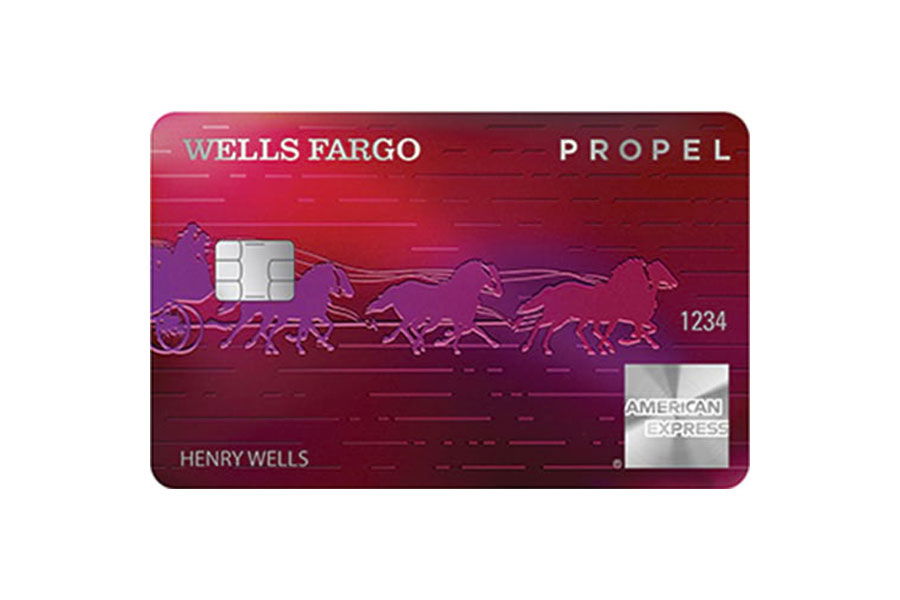A fair credit score won’t shut you out of borrowing—but it can definitely cost you. From higher interest rates to limited credit card options, fair credit sits in that middle zone where approvals are possible, but rarely ideal.

If your credit score falls in this range, you might be wondering what it means, what it limits, and how to level up. This guide breaks it all down: where fair credit starts and ends, how it compares to other credit score ranges, and the smartest ways to improve it—fast.
Key Takeaways
- A fair credit score ranges from 580 to 669 on the FICO scale, and while it allows for some credit opportunities, it often comes with higher interest rates and fees.
- Improving your credit score involves steps like disputing inaccuracies on your credit report, making timely payments, paying down debt, and maintaining a low credit utilization ratio.
- While fair credit isn’t the worst, working towards better credit can provide access to more favorable financial products and terms.
What is a fair credit score?
A fair credit score falls between 580 and 669 on the FICO scale. This range signals to lenders that you’ve had some credit issues in the past, but you’re not considered high risk.
You can still qualify for credit cards, auto loans, and even mortgages with a fair credit score. But the offers usually come with higher interest rates, lower credit limits, and fewer perks. Lenders may also require additional documentation or a co-signer, especially for larger loans.
Improving your fair credit score can help you access better financial products and save money on interest and fees.
FICO Credit Score Ranges
The FICO credit scoring model, used by most lenders, uses a credit score range from 300 to 850:
- 300–579: Poor credit score
- 580–669: Fair credit score
- 670–739: Good credit score
- 740–799: Very good credit score
- 800–850: Exceptional credit score
If your credit score is in the fair range, you’re not alone—but there’s room to grow. Taking steps to improve your credit habits can move you into the good credit score range, where terms get much more favorable.
Ready to Clean Up Your Credit Report?
Learn how credit repair professionals can assist you in disputing inaccuracies on your credit report.

What Fair Credit Tells Lenders About You
A fair credit score doesn’t give lenders full confidence, but it shows you’ve at least managed some credit responsibly. While there are no strict requirements, consumers with fair credit scores often share a few common traits:
- Limited credit history: Usually around three years of credit activity.
- Some negative marks: May include a late payment or two, usually over 60 days past due.
- Low to moderate credit limits: Often under $5,000 in total available credit.
- Active accounts: At least one credit card or loan currently open.
With a fair credit score, you might qualify for loans and credit cards, but likely with higher rates and fewer benefits. Lenders see you as a moderate risk—capable of repayment, but with a track record that raises some caution.
Fair Credit vs. Poor Credit
The difference between fair credit and poor credit can mean the difference between getting approved or getting denied.
Here’s how they compare across key financial factors:
| Aspect | Fair Credit (580–669) | Poor Credit (300–579) |
|---|---|---|
| Loan Approval Chances | Moderate, with higher interest rates | Low, with frequent denials |
| Interest Rates | Higher than average | Very high or not offered |
| Credit Card Access | Some unsecured cards | Mostly secured cards |
| Need for Co-signer | Sometimes | Often |
| Renting an Apartment | May require larger deposit | Often requires co-signer |
| Insurance Premiums | Higher than average | Highest offered |
Example: Jane has a 650 credit score. She qualifies for a car loan, but the interest rate is 10%. If her credit score were in the good range, she could qualify for a 5% rate instead—saving thousands over the life of the loan.
Fair Credit vs. Good Credit
Moving from fair credit to good credit can unlock much better terms and benefits across almost every financial product.
Here’s a comparison to show what’s at stake:
| Aspect | Fair Credit (580–669) | Good Credit (670–739) |
|---|---|---|
| Loan Approval Chances | Moderate | High, with favorable terms |
| Interest Rates | Higher | Lower |
| Credit Card Access | Fewer options, limited rewards | Broad options, including rewards and cash back |
| Need for Co-signer | Sometimes | Rarely |
| Renting an Apartment | May require larger deposit | Easier approval |
| Insurance Premiums | Above average | Often discounted |
Example: Mark has a 665 credit score and gets a credit card with a $500 limit and no rewards. Once he improves to a 700 credit score, he qualifies for a card with a $5,000 limit and 2% cash back on purchases.
How to Improve a Fair Credit Score
Improving a fair credit score takes consistent action—but the payoff is lower interest rates, better loan options, and more financial freedom. Here’s how to move your credit score from fair to good (or even excellent):
- Make every payment on time: Payment history is the biggest factor in your credit score. Set up automatic payments or calendar reminders to avoid missed due dates.
- Pay down existing debt: Focus on high-interest credit cards first. Reducing your balances lowers your credit utilization ratio, which has a direct impact on your credit score.
- Keep your credit utilization low: Aim to use less than 30% of your total available credit. For example, if your credit limit is $10,000, try to keep your balance under $3,000.
- Check your credit reports for errors: Get your free credit reports from all three credit bureaus—Experian, Equifax, and TransUnion—at AnnualCreditReport.com. Dispute any inaccurate information you find.
- Avoid applying for too much new credit: Each application results in a hard inquiry, which can temporarily lower your credit score. Apply only when necessary.
- Add positive credit history: A secured credit card or a credit builder loan can help you show consistent on-time payments and expand your credit profile.
Bonus tip: You don’t always have to pay to check your FICO scores. Many banks and credit card issuers offer free FICO credit scores as part of their online dashboard. If yours doesn’t, consider signing up for a service that includes score tracking—or purchase your score directly from FICO.
With steady habits and smart decisions, a fair credit score can improve significantly in just a few months.
When to Consider Credit Repair Help
If errors or outdated information are dragging your credit score down—and you’re not sure how to fix them—you might benefit from professional credit repair help.
Here’s when it might make sense:
- You’ve found accounts that don’t belong to you
- Your credit report lists debts that were already paid off
- You’ve tried disputing errors but hit roadblocks
- You don’t have time to manage the dispute process on your own
Credit repair companies can help you identify inaccurate information, file disputes with credit bureaus, and follow up to ensure results. Just make sure you’re working with a reputable firm—there are plenty of scams out there. Look for companies with transparent pricing, no upfront fees, and a clear cancellation policy.
Bottom Line
A fair credit score doesn’t mean you’re stuck—but it does mean you’ll pay more to borrow money. The good news? You can change that.
By paying on time, lowering your debt, and monitoring your credit reports, you can raise your credit score and move into a better range. And if errors are holding you back, credit repair help may be worth considering.
The sooner you take action, the faster you’ll qualify for the financial products—and rates—you actually want.
Frequently Asked Questions
Are fair and average credit scores the same?
No. A fair credit score ranges from 580 to 669, while the average FICO credit score in the U.S. is around 700. That means most Americans have good credit or better. If you’re in the fair credit range, you’re below average—but not far off from qualifying for better terms.
Can I buy a house with a fair credit score?
Yes, but your options may be limited. You likely won’t qualify for a conventional mortgage, but government-backed loans like FHA loans are designed for borrowers with lower credit scores. Expect to pay more upfront and over time, and you may need to meet extra requirements like a higher down payment or lower debt-to-income ratio.
How long does it take to go from fair credit to good credit?
It depends on your credit history and how aggressively you work to improve it. Most people can move from fair to good credit within 6 to 12 months by paying on time, lowering their debt, and avoiding new credit mistakes. Removing errors from your credit reports can also speed up the process.
What credit cards can I get with a fair credit score?
You may qualify for unsecured credit cards with moderate terms, but many cards aimed at fair credit have annual fees and few rewards. Some secured credit cards may still offer better benefits and lower fees. Look for cards that report to all three credit bureaus so you can build credit while using them.




